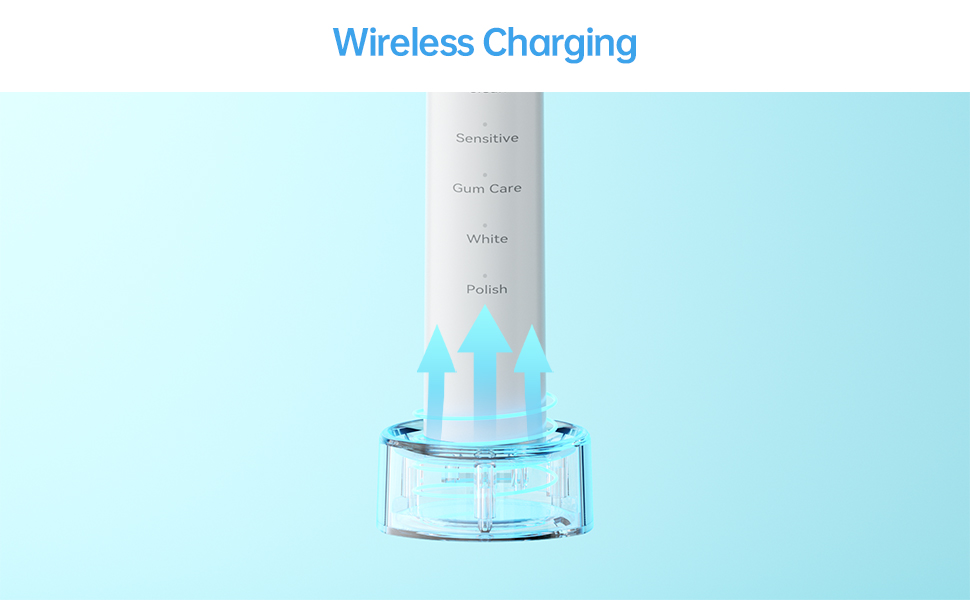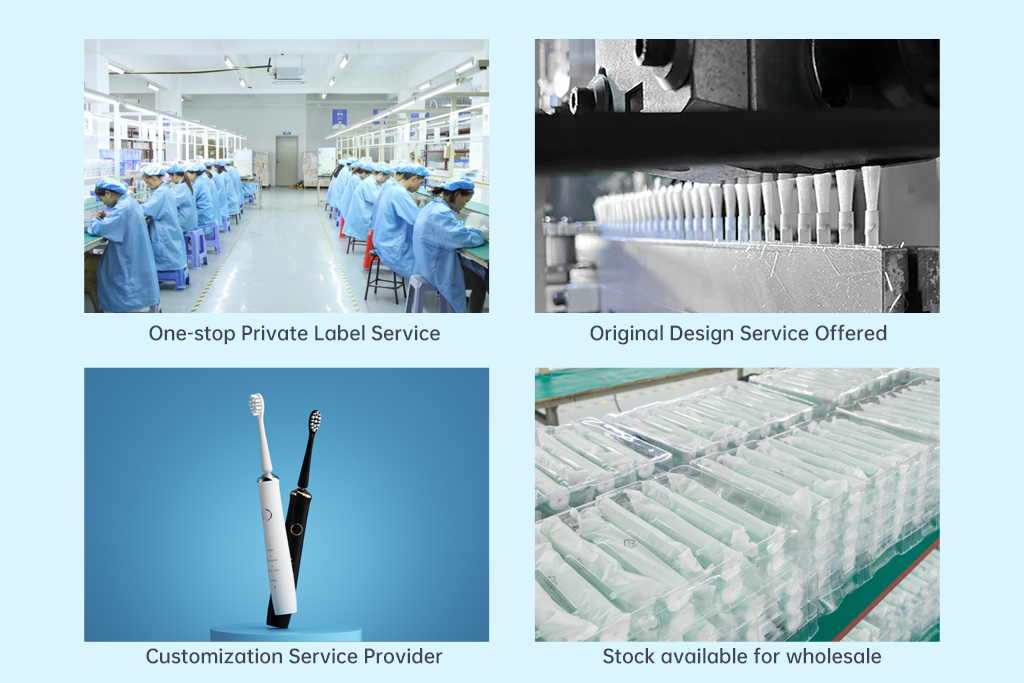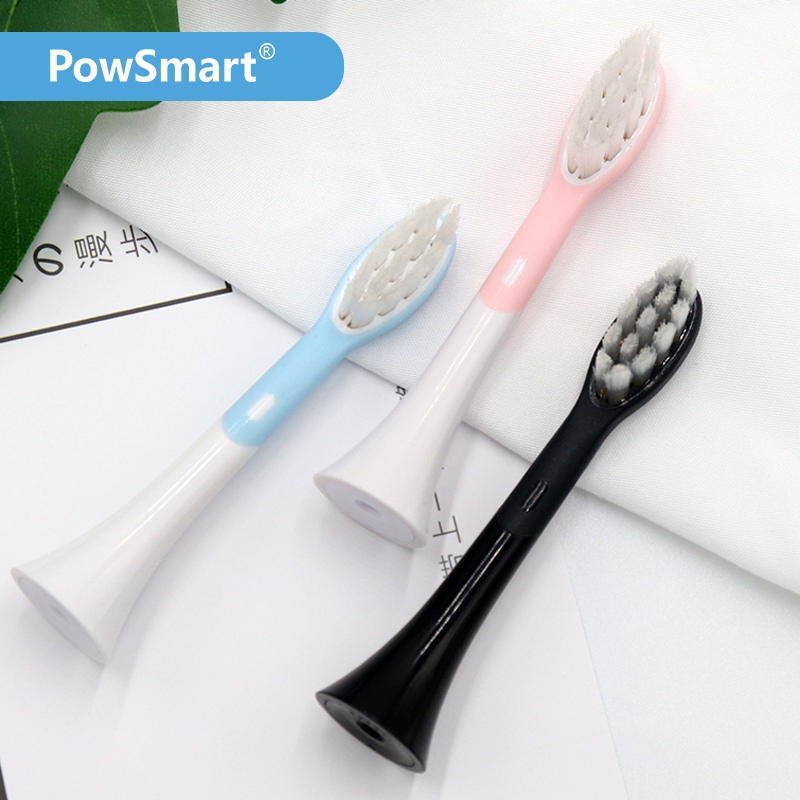Hose cracks in water flosser devices are an often underestimated issue that can silently lead to water pressure instability, user dissatisfaction, and even safety concerns. For manufacturers and OEM/ODM suppliers, understanding and preventing this problem is essential to maintaining product performance, quality reputation, and customer trust.
Hose cracks typically result from a combination of mechanical stress and environmental degradation. Common contributing factors include:
Over time, these cracks may begin microscopically, eventually leading to visible rupture or sudden hose failure under pressure.
Once hose integrity is compromised, water pressure instability becomes inevitable. The internal pressure becomes uneven, resulting in:
This undermines the core functionality of the device and leads to higher customer complaints or returns.Company web: :https://www.powsmart.com/product/electric-toothbrush/
Detecting hose cracks early is crucial. Look out for these signs during QC inspections:
Pre-shipment inspection protocols should include flex-fatigue and pressure testing cycles for all hose-connected models.
One of the most effective ways to prevent hose cracks is choosing the right material. Ideal materials should offer:
Avoiding cost-cutting in raw material selection is key to long-term brand integrity.
Beyond material, thoughtful engineering plays a pivotal role in pressure stability and hose durability. Consider:
A well-designed hose system minimizes user wear-and-tear, even under frequent bending.
Unchecked water pressure instability from hose cracks doesn’t just affect the user—it directly impacts your bottom line. Consequences include:
In contrast, proactively addressing this design flaw through robust materials and intelligent engineering builds customer loyalty and strengthens your B2B positioning.
As oral care devices evolve toward smarter, more reliable systems, simple mechanical components like hoses must not be overlooked. By preventing hose cracks and ensuring water pressure stability, manufacturers can uphold both performance and safety standards. At our factory, every hose is selected, tested, and engineered for resilience—because consistent quality starts with invisible details. Contact us
.jpg)
.jpg)
.jpg)
Can Cartoons Improve Brushing Habits?

Want Electric Toothbrush Industry Insights for a Thorough Electric Toothbrush Competitor Analysis?
.jpg)
Need a Transparent Electric Toothbrush Cost Breakdown to Build a Strong Electric Toothbrush Supplier Relationship?
Light Burns Cause Bite Misalignment? Whitener Safety Controversy!
.jpg)
Is Your POWSMART Smart Rechargeable Toothbrush Leaking Battery?
Travel Lock Failure Triggering Power Surge? The Overlooked Risk in Smart Oral Devices

Electric Toothbrush & Water Flosser Combination Set: How to Increase the Average Transaction Value through Scenario-Based oral care products Design?
Electric Toothbrush for Plaque Removal – Professional Cleaning for Dental Businesses

Technique Affecting Periodontal Pocket – How Deep Is the Impact?

The Teeth Whitening Market Is Booming: How Can Brand Owners Connect with Reliable Teeth Whitening Device Factories?

Why Is the Powsmart Ortho Head Key to the Clean Braces Technique?
Material Degradation Releasing Chemical Residue? Hidden Hazards in Oral Care Devices
.jpg)
Travel-Friendly Water Flosser: From Foldable Nozzles to Globally Voltage-Compatible Solutions
.jpg)
Multiple Cleaning Modes in Electric Toothbrushes: OEM Options Explained

Electric Toothbrush Head Customization Solution and Range
Post-Surgery Risks Worsened by Jaw Discomfort?

electric toothbrush heads Ultra Soft

Customization Teeth Whitening Gel
.jpg)
Florida Electric Toothbrush – Powsmart PTR-C8

Private Label Whitening Gel

Electric toothbrush heads Charcoal Infused-Diamond

electric toothbrush heads Charcoal Infuse-Round

electric toothbrush heads Regular Clean

electric toothbrush heads Deep Clean
whstapp
whstapp
National Toll-Free Service Hotline
+86 755 86238638